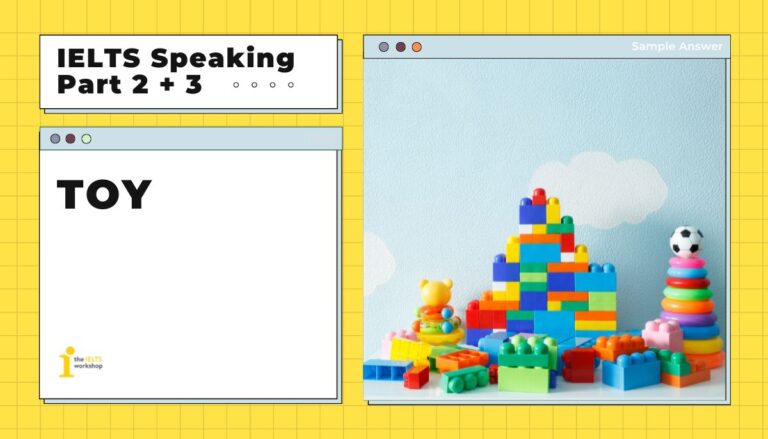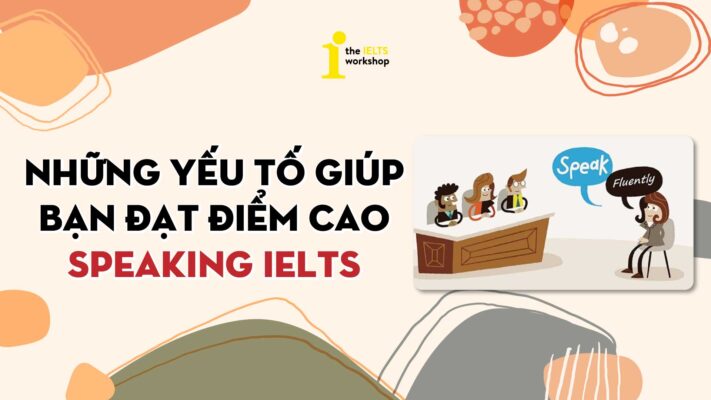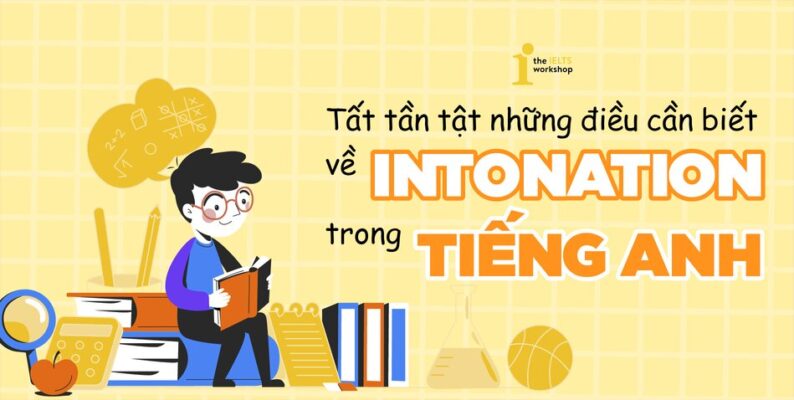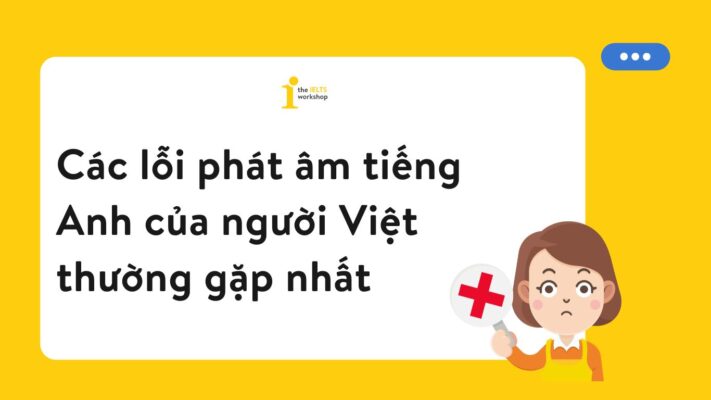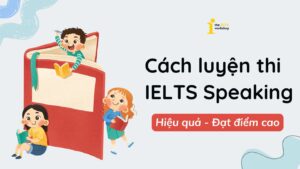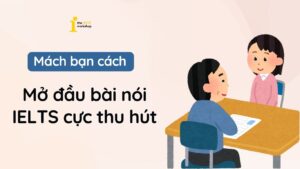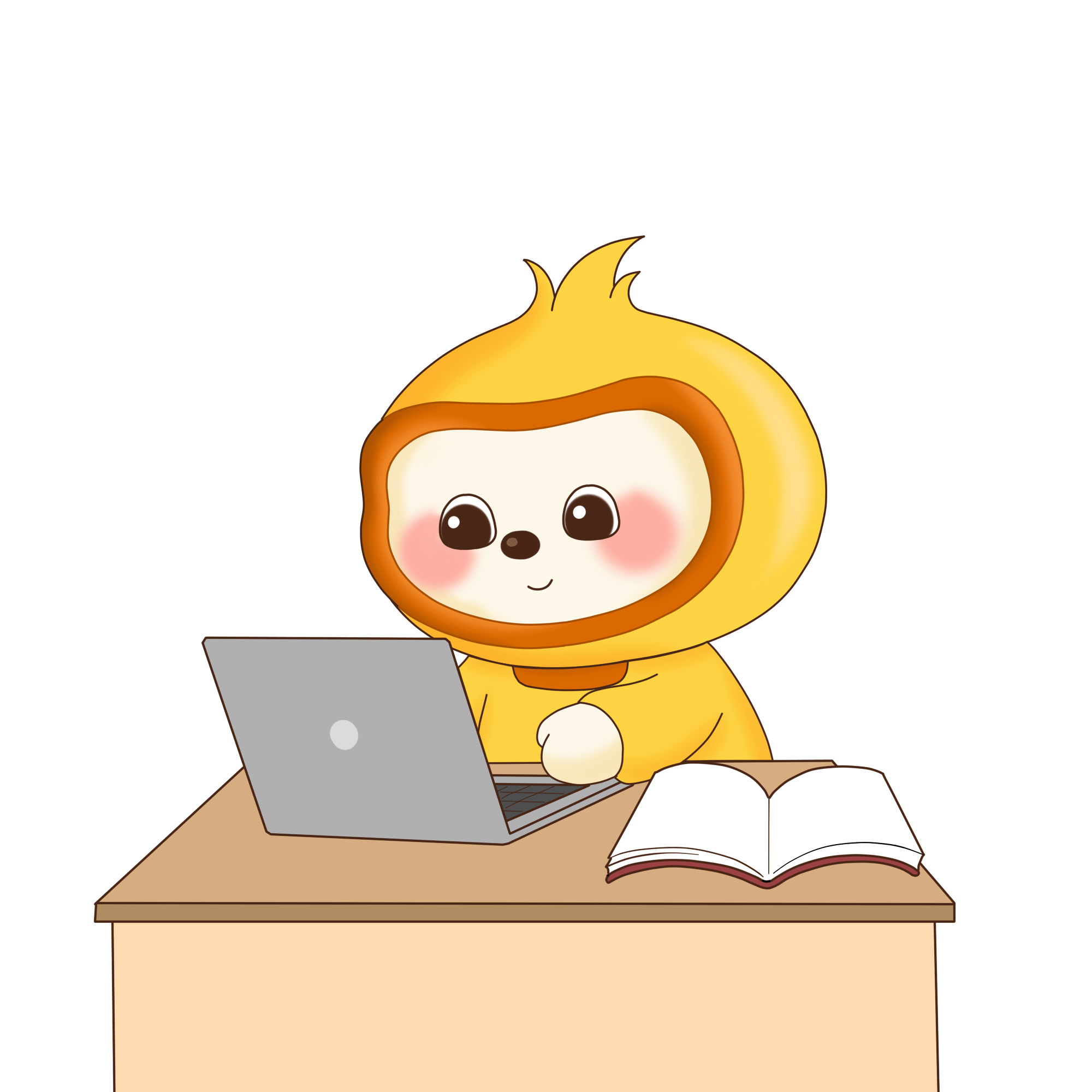Toy (Đồ chơi) là đồ vật quen thuộc với mỗi chúng ta. Tại chuyên mục giải đề Speaking lần này, The IELTS Workshop sẽ hướng dẫn bạn trả lời một số câu hỏi liên quan đến chủ đề này qua Bài mẫu IELTS Speaking Part 2 + 3. Các bạn hãy tham khảo bài mẫu của cô Thủy Tiên – giáo viên của The IELTS Workshop HN nhé.
Part 2: Describe a toy you liked in your childhood
Describe a toy you liked in your childhood
You should say:
What kind of toy it is
When you received it
How you played with it
And how you felt about it
Dưới đây là bài mẫu của cô Thủy Tiên cho topic “Describe a toy you liked in your childhood” các bạn hãy tham khảo nhé. Bài mẫu phù hợp cho những bạn đặt mức điểm đạt được là 6.0 – 6.5.
1. Bài mẫu (Sample Answer)
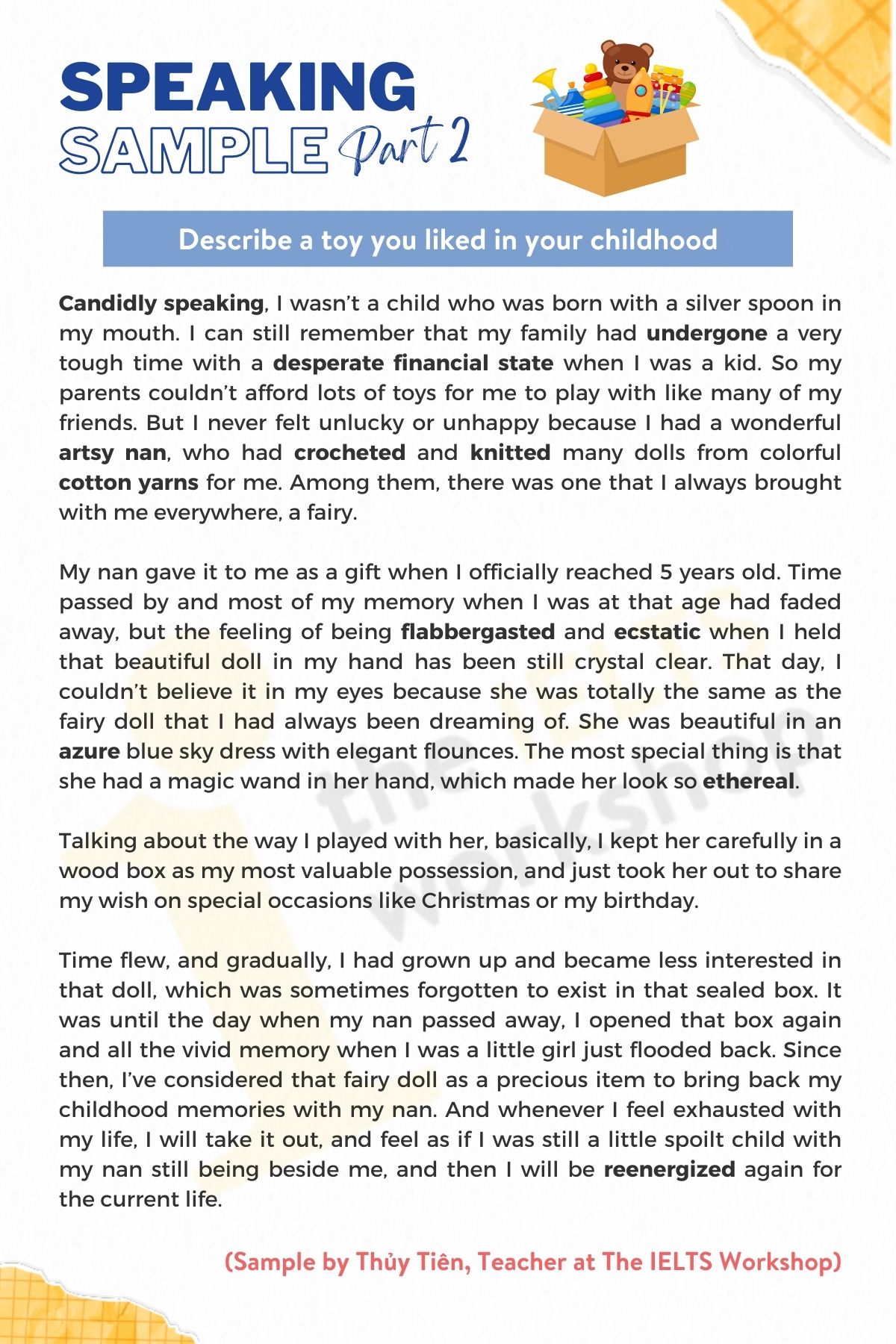
2. Từ vựng (Vocabulary Highlight)
- Candidly speaking: Nói một cách thẳng thắn
- undergo: trải qua
- desperate financial state: tình trạng tài chính kiệt quệ
- artsy: nghệ thuật
- nan: bà
- crochet: thêu
- knit: đan
- cotton yarns: sợi bông
- flabbergasted: bâng khuâng
- ecstatic: ngây ngất
- azure: màu xanh
- ethereal: thanh tao
- reenergized: trở lại (tái tạo năng lượng)
Part 3: Toy
Bên cạnh Part 2, bạn hãy tham khảo thêm Part 3 cho chủ đề này nhé
1. Do you think parents should buy more toys for their kids or spend more time with them?
2. What’s the difference between the toys kids play with now and those they played with in the past?
3. Should advertising aim at kids be prohibited?
4. How do advertisements influence children?
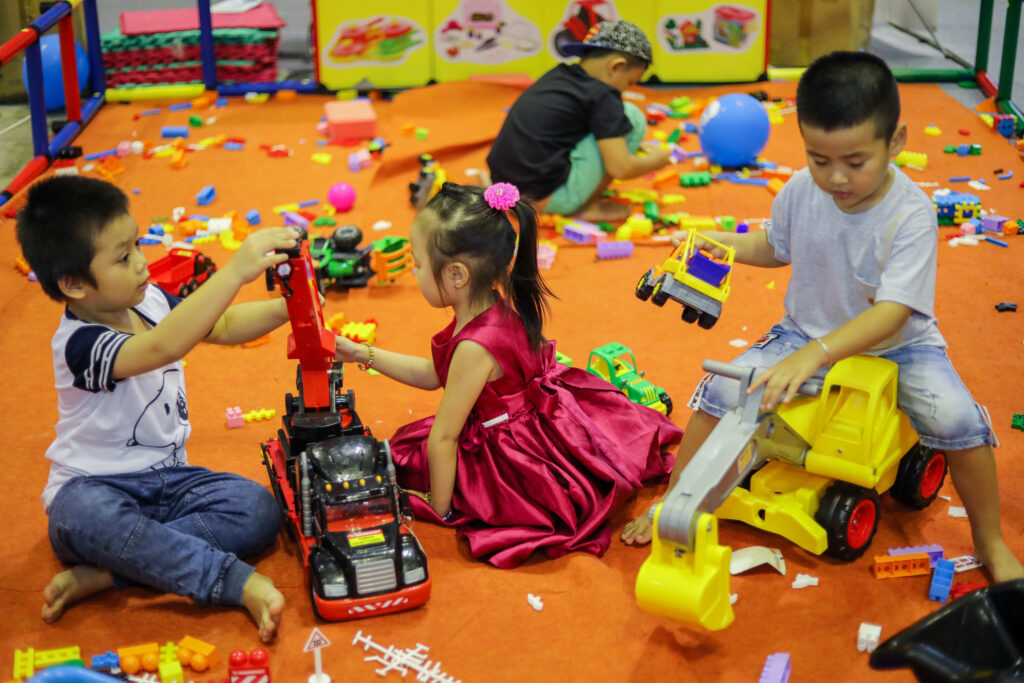
1. Do you think parents should buy more toys for their kids or spend more time with them?
From my own experience, I don’t consider more materialistic things as more happiness for a kid. In contrast, quality time between parents and children to play games, even simple ones with little dependence on toys should be valued more. This is because it can help children to develop better in terms of both intelligence and emotion.
- materialistic things: thứ vật chất
2. What’s the difference between the toys kids play with now and those they played with in the past?
I guess the most noticeable difference is that now children usually own more toys than in the past. Due to the development of mass production, plastic dolls or cars became so affordable that most families can afford a ton for their kids. On occasions like Christmas or birthdays, it takes kids even hours to open all the wrapped toys they are given. This is totally different from the past when children often just played with handmade toys or even resort to natural things like wooden sticks and bamboos to have traditional games with each other.
3. Should advertising aim at kids be prohibited?
I believe that advertising could be good sometimes, so a complete ban seems to be unreasonable. In steads, I guess it is better for the authorities to have better control over what kinds of advertising should be broadcasted. For example, while the ones which include a potentially negative impact on children should be eliminated while ads about toys to foster children’s development should be allowed on national television.
- foster: thúc đẩy
4. How do advertisements influence children?
I guess commercials can orient kids towards some particular products. And this is quite worrying because children are still not fully aware of what is good or bad for them, so they can gravitate towards some toys that bring negative effects and insist that their parents buy those for them.
- orient: định hướng
Bài mẫu bởi cô Thủy Tiên – Giáo viên The IELTS Workshop HN
Trên đây là những nội dung bạn có thể tham khảo khi luyện tập chủ đề Toy trong Bài mẫu IELTS Speaking Part 2 + 3. Ngoài ra, bạn có thể tham khảo thêm Bài mẫu IELTS Speaking Part 3 theo chủ đề.
Nếu bạn đang gặp khó khăn chưa có phương pháp xử lý idea trong IELTS Speaking Part 3, hãy tham khảo ngay lộ trình học tại khóa Senior của The IELTS Workshop.


